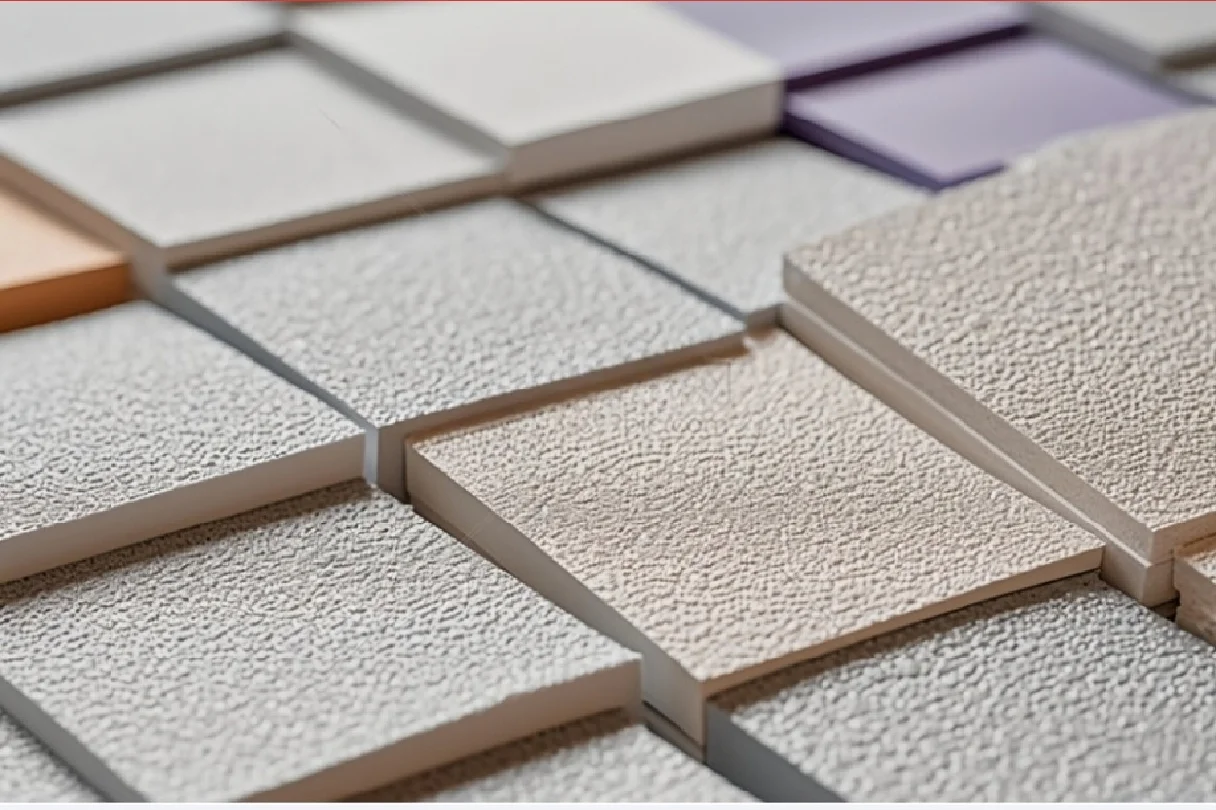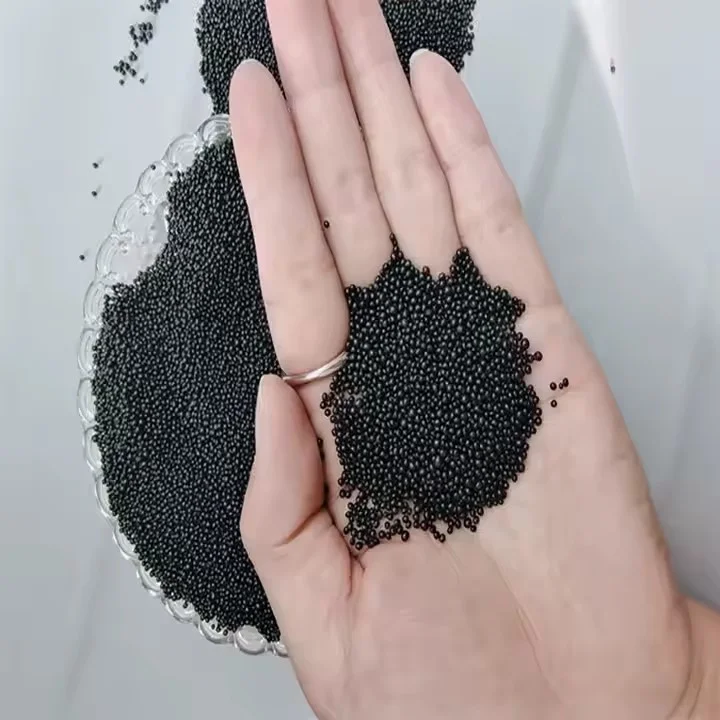When building, you need insulation and moisture control to work hand in hand. Expanded polystyrene (EPS) boards are a go-to for their awesome heat-blocking abilities, but folks often wonder if they need a vapor barrier. The answer hinges on stuff like climate, wall setup, and the type of EPS you pick. This post breaks down when a vapor barrier makes sense with EPS and how HUASHENG’s eco-friendly products can boost performance.

EPS Boards: What They’re Made of and How They Work
EPS boards start as tiny polystyrene beads puffed up by steam and molded into rigid panels. They’re super light but pack a punch when it comes to keeping heat in or out. HUASHENG’s EPS foam stands out in construction. Its closed-cell structure keeps indoor temps steady all year, cutting down on energy bills. These boards are champs at trapping heat, making buildings more efficient without breaking the bank.
Where EPS Boards Fit in Construction
You’ll spot EPS boards all over construction—exterior walls, roofs, foundations, even interior upgrades. They act as a solid thermal shield, keeping indoor spaces comfy while reducing the need for constant heating or cooling. From Exterior Insulation and Finish Systems (EIFS) to under-slab insulation, cavity walls, or ventilated facades, EPS gets the job done across the board.
Why HUASHENG’s EPS Boards Rock
HUASHENG’s flame-retardant, graphite-enhanced EPS panels are a cut above. They hit Class B1 fire resistance (GB8624-2012) and self-extinguish, adding safety to their game. With super-low thermal conductivity (down to 0.033 W/m·K) and densities between 15–35 kg/m³, these panels deliver top-notch insulation at a wallet-friendly price. They’re built for performance and play nicely with eco-conscious projects.

Vapor Barriers and Why They Matter
Vapor barriers keep damp air from creeping through walls, where it might turn into liquid and ruin materials or kick up mold. This matters a lot if your walls have stuff that can’t handle moisture or when temperature differences cause condensation. Water vapor naturally moves from wet to dry areas. Without solid vapor control, warm indoor air hitting a cold wall surface creates water droplets. How much moisture passes through or piles up depends on the permeability of layers like EPS boards. In cold climates, slapping a vapor retarder on the interior side stops warm, moist air from reaching cold sheathing in winter. In hot, muggy places, though, a badly placed barrier can trap moisture inside walls, which is a real pain. Your setup’s gotta line up with local weather patterns and your heating or cooling habits.
How Is the Need for a Vapor Barrier Determined in EPS?
Several things shape whether you need a vapor barrier with EPS:
Climate and Seasonal Shifts
In colder, heating-heavy areas like northern zones, indoor humidity tends to push outward in winter, so an interior vapor retarder often makes sense with EPS boards. Hot, humid climates flip the script—moisture can get stuck if you’re not careful with barrier placement.
Indoor Humidity and Building Use
Places like pools or commercial kitchens pump out tons of moisture, so extra vapor control is a must, no matter the climate. Constant indoor humidity means you’ve gotta plan for it upfront.
Wall Assembly Design
If your walls have lots of impermeable layers or no ventilation gaps, trapped moisture becomes a bigger issue. Leaky setups let more air-driven moisture sneak through than just diffusion, so airtightness matters too.
EPS Board Permeability
HUASHENG’s EPS boards are great at blocking heat and help cut energy use. Standard EPS lets some vapor through (1–3 perms depending on thickness), but graphite-enhanced versions, like Graphite Grade – S, are denser and less permeable. This can mean no extra vapor barrier in some setups, especially when designed right.
Using EPS in Specific Systems
In EIFS, EPS boards often sit on the exterior as part of the thermal envelope. HUASHENG’s B1-grade flame-retardant EPS particles (22 kg/m³ density) boost energy savings by 14% in these systems. Since EIFS setups are usually airtight with drainage planes, you might skip an interior vapor retarder unless local codes say otherwise. For roofs, EPS works above deck in vented or protected membrane systems, preventing dew point issues if layered correctly. Pair them with waterproofing membranes to let moisture dry out based on the climate. Below grade, EPS’s closed-cell structure fights off soil moisture, but you’ll still need external waterproofing membranes for long-term toughness. In interior retrofits, EPS fits walls or floors, especially with smart vapor retarders that adjust to seasonal changes or when paired with vapor suppression under concrete slabs.
Best Practices for Using EPS Boards
To get the most out of EPS without leaning too hard on vapor barriers, look at the whole building envelope. Air leaks carry more moisture than diffusion, so sealing gaps around windows, doors, and penetrations is key. Use tapes or sealants at EPS panel joints for a tight fit. Add breathable water-resistive barriers (WRBs) behind exterior cladding if needed. Make sure control layers connect smoothly across roofs, walls, and foundations. In colder zones, thicker EPS inside structural cavities works best; in warmer spots, exterior-only setups with radiant barriers or vented facades do the trick. HUASHENG’s boards come in different grades—standard ones for general use and graphite-enhanced for higher R-values thanks to infrared-reflective particles. For heavy-duty spots like under slabs or load-bearing surfaces, high-density EPS offers strength while keeping water absorption low.
FAQ
Q: Can I skip a vapor barrier if I use graphite-enhanced foam panels?
A: In many cases, yes—especially when installed continuously outside framing—because these panels have lower permeability than standard types and reduce condensation risk when used correctly in balanced wall assemblies.
Q: Is it safe to use these boards below ground level?
A: Yes—when paired with proper waterproofing membranes—thanks to their closed-cell structure that resists long-term water absorption even under hydrostatic pressure conditions.
Q: Will using these boards affect LEED certification?
A: Absolutely—they contribute positively by improving energy efficiency metrics; Received LEED Gold Certification for Green Buildings has been achieved in projects using this type of board effectively integrated into facade systems.






